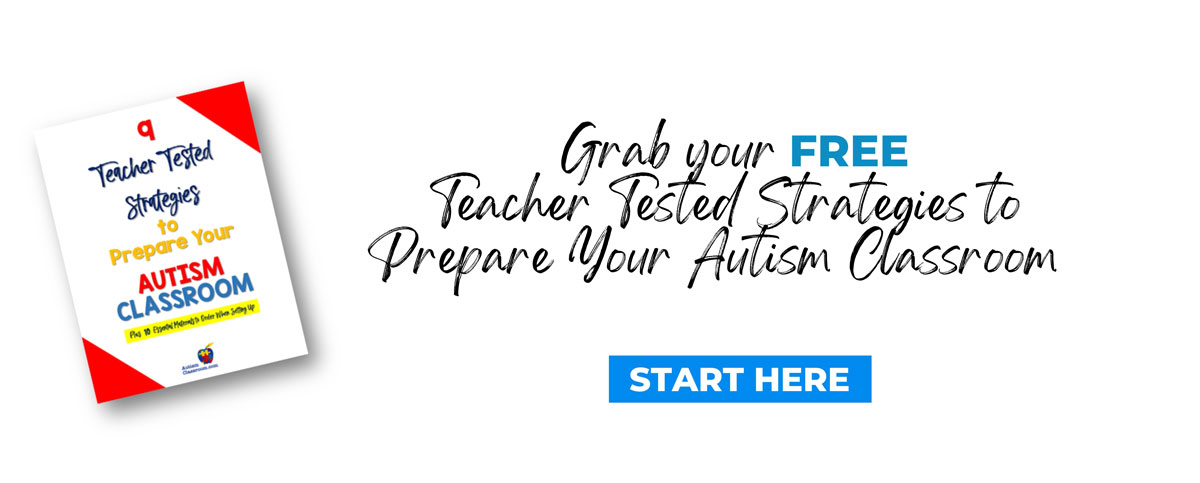Top 4 Strategies to Use at Home With a Child With Autism
Every good parent wants to help their child succeed, but sometimes it can be challenging to provide the necessary support. As parents of children on the autism spectrum, it can be especially difficult to understand your child's needs. There are ABA (applied behavior analysis) therapists, special schools, and occupational therapists that are instrumental in the progress and development of your child. But it is important for all of the skills your child learns to also be implemented in the home. This is because most of their time will be spent at home, and it is vital to make sure skills transfer across all environments.
To help you apply essential skills in your home, here are the top four strategies to teach your child with autism!
1. Teach Calming Techniques
It is common for children with autism to get anxious, overwhelmed, or upset. When your child is at school or with a therapist, there are many techniques that they use to calm your child down. But at home, it is entirely up to you to calm them down. One of the best ways to calm your child with autism" at home is by distracting them with videos and activities that may be therapeutic such as painting. Distracting your child will pull them away from their anxious feelings allow them to calm down. A sensory box is also a great tool to keep handy. Sensory boxes consist of fidget spinners, squeeze balls, and tangle toys that will keep your child busy with a repetitive motion. Repetitive motions help increase focus and can be calming. Try out some sensory items with your child and see what works best for them!
2. Keep a Routine and Stay on Schedule
Routines and schedules help children with autism stay productive while feeling safe. That's why it is super important to keep the same schedule or routines at home. With a predictable environment, your child will be less stressed out and feel in control of their day. One great way to connect with your child and help maintain a proper routine is by utilizing visual supports. Visual supports are a great non-verbal way to communicate with people on the autism spectrum. A great way to use visual support would be a "first-then board," which includes pictures and words on a board that can help you organize your day. One example of using the board would be to have 'first brush your teeth' on one side and then on the other 'then go to sleep.' With visual supports, you can make routines fun and organized.
3. Recognize the Positive
It is always important to recognize the positive in everyone. This is especially true for a child with autism at home. By giving your child positive reinforcements, they will build their confidence and feel good about the positive thing they did. With consistent positive reinforcements for certain tasks, your child will better understand what is expected of them. You can give your child stickers, small toys, or more time to do the things they enjoy as positive reinforcement for what they have done. Make sure to be clear when you state what behavior you are rewarding.
4. Build Connections Through Low-Pressure Group Activities
Social connection is crucial for all people since it can lower depression and anxiety. Friendships have also been proved to be beneficial in increasing happiness. Having your child engage in low-pressure group activities can improve their social skills without the anxiety of talking the entire time. Some ideas for places to bring your child include a trampoline park or a trip to the movie theater. These activities can help them form relationships with friends without any pressure.
Want more specific strategies? Check out the Autism Classroom Shop for printables to teach various skills.
Looking for more to build skills in your child with autism?
Click below on the blue box to get tips and ideas emailed to you.

